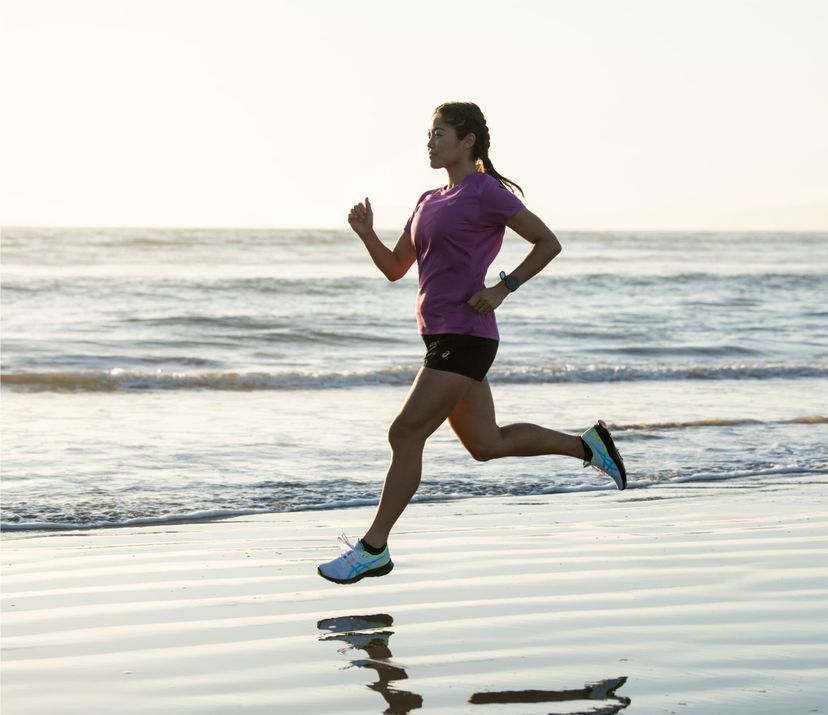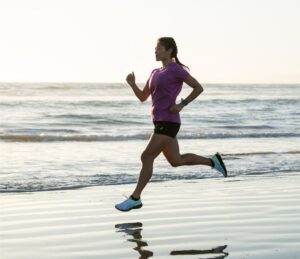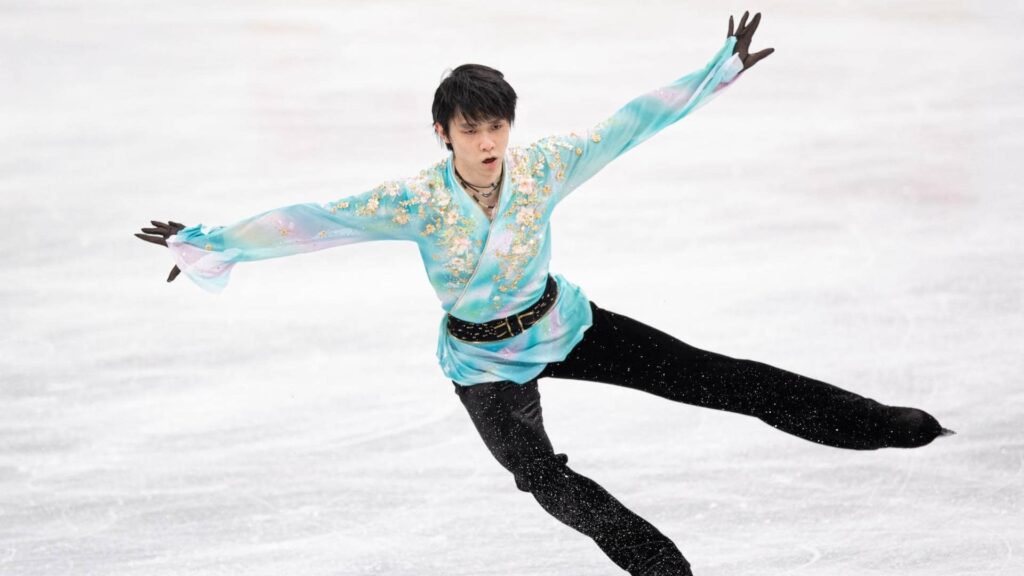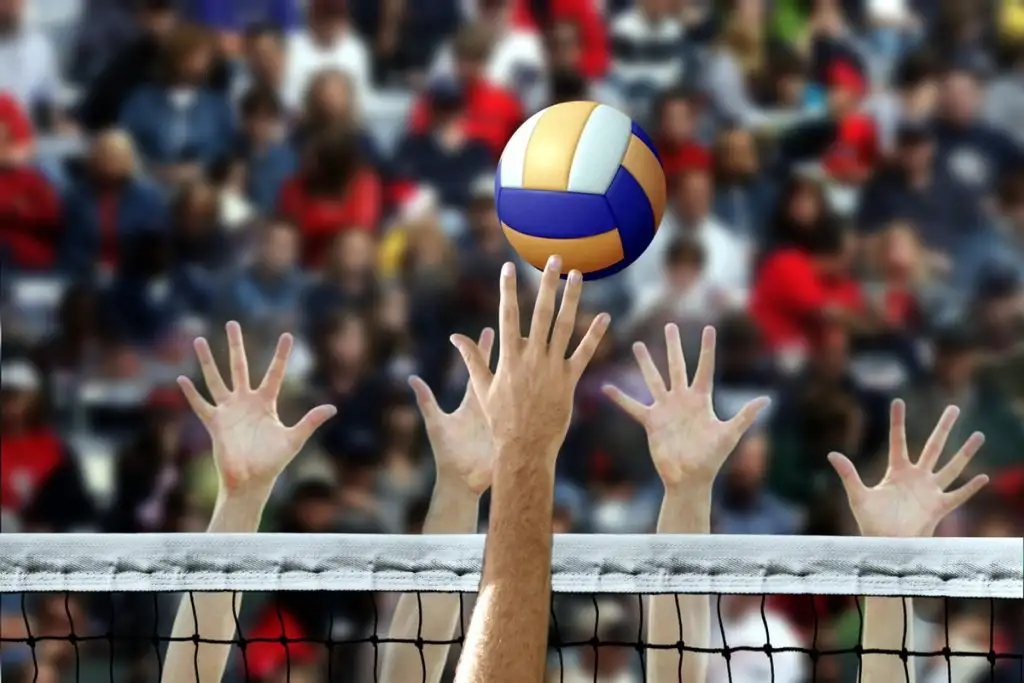
目次
- 1 Running/marathon glossary
- 1.1 isotonic
- 1.2 upper
- 1.3 alignment
- 1.4 underpronation
- 1.5 Even time
- 1.6 insole
- 1.7 interval training
- 1.8 wave start
- 1.9 vapor fly
- 1.10 water loading
- 1.11 ultra marathon
- 1.12 overtraining syndrome
- 1.13 Carbo loading
- 1.14 cooling down
- 1.15 glycogen
- 1.16 creatine
- 1.17 sub
- 1.18 supplement
- 1.19 shoe laces
- 1.20 jog
- 1.21 Heart rate
- 1.22 Stride running method
- 1.23 stretch
- 1.24 sports tights
- 1.25 sole
- 1.26 fast twitch muscle
- 1.27 trunk
- 1.28 quadriceps femoris
- 1.29 dehydration symptoms
- 1.30 slow twitch muscle
- 1.31 super recovery
- 1.32 TT (Time Trial)
- 1.33 hypothermia
- 1.34 Deload
- 1.35 transmitter
- 1.36 trail running
- 1.37 lactic acid
- 1.38 Weaned off meat
- 1.39 heatstroke
- 1.40 sprain
- 1.41 hypotonic
- 1.42 PB (Personal Best)
- 1.43 heel counter
- 1.44 build up
- 1.45 stress fracture
- 1.46 flat running style
- 1.47 pace run
- 1.48 Blister
- 1.49 anaerobic exercise
- 1.50 aerobic exercise
- 1.51 42.195km
- 1.52 lap time
- 1.53 runner’s high
- 1.54 repetition training
- 2 At the end
Running/marathon glossary

When many people hear the words marathon or running, they may imagine a painful experience.
It has been proven that running not only improves your physical health, but also improves your mental state.
Many businessmen have a daily routine of running to relieve stress.
Marathons, running, and jogging are sports that you can do without knowing any terminology.
After all, there is a difference in attitude between those who know the terminology and those who do not.
If you want to keep your motivation high and live your day in a healthy way,
Please take a look at the running/marathon glossary introduced here.
Please increase your desire to run!
isotonic
In the context of running, it refers to drinks that have an osmotic pressure close to that of body fluids, such as sports drinks, which are highly absorbed into the body. In contrast, there are also hypotonics.
upper
Refers to the top of the instep of the shoe.
alignment
This refers to the shape of a joint, etc. If this part collapses, it can cause pain and strain on other parts, which can lead to breakdowns.
Be careful of your posture when running to avoid injury.
underpronation
This refers to a running style in which the athlete lands on the inside of the heel and kicks while tilting to the outside of the heel.As this puts extra load on the ground when landing, shoes and soles may need to be improved.
Even time
This refers to running at a constant speed without changing lap times.
These are the basics of marathons and running.
insole
Refers to the sole that is placed inside the shoe to provide cushioning.
interval training
This is a training method that alternates between running fast and slowing down, and the aim is for the time when running fast to remain the same no matter how many times you run.
wave start
This is a tactic of intentionally starting the race late to avoid congestion and falls at the start of the race.
vapor fly
These running shoes are developed and sold by Nike in the US, and have thick soles and carbon fiber soles, making them easy to run at speed.
After its release, many runners achieved good results in major competitions, and it became a product that overturned the conventional concept of running shoes.
water loading
This means staying hydrated frequently to prevent dehydration.
Be sure to stay hydrated in any environment, not just in the summer or when running in hot environments.
ultra marathon
It is an ultra-long distance marathon that runs over 42.195km, and the course shape and distance vary depending on the race.
Famous events in Japan include Hoshinosato Yatsugaoka Nobeyama Kogen 100km Ultra Marathon, Shimanto River Ultra Marathon, Hida Takayama Ultra Marathon, Lake Saroma 100 km Ultra Marathon, and Challenge Fuji Five Lakes Ultra Marathon.
overtraining syndrome
This refers to a state in which physical and mental fatigue is not recovered due to chronic overtraining.
Recognize that resting is also training, such as reviewing your training content and time, and considering the nutrition you consume.
Carbo loading
This is a way to adjust your physical condition by eating in preparation for a race. About a week in advance, you prepare for the race by consuming high protein in the first half and conversely high carbohydrate in the second half.
There are pros and cons regarding its effectiveness, and it has not been widely used in recent years.
cooling down
After training or a race, do some stretching to loosen up your body. This will speed up recovery from fatigue.
A common sequence is light running, walking, and stretching.
Cooling down after exercise has become a common practice in modern sports. Be sure to do it even if it feels like a hassle.
glycogen
It is a type of carbohydrate and, along with fat, is an important source of energy consumed during running.
Adequate glycogen intake is an important factor for a good run.
creatine
It is a type of organic acid that is taken primarily to generate power, and opinions are divided on its effectiveness. Excessive intake should be avoided and caution should be taken when consuming.
sub
It is an abbreviation that mainly refers to running a full marathon within a certain amount of time; examples include sub-three hours (within 3 hours), sub-four hours (within 4 hours), and sub-five hours (within 5 hours).
supplement
It is a product that supplies and supplements nutrients, and is generally in the form of tablets.
When choosing supplements, consider not only muscle strength but also recovery from fatigue.
shoe laces
Shoelaces include flat laces, round laces, and wire types.
jog
Refers to light running or jogging.
Normally, people go for a jog to relieve stress.
Heart rate
This is the number of times the heart beats in a certain amount of time, and in general, the appropriate intensity for training is between 130 and 150 beats per minute.
Stride running method
There is no end to the debate as to which is more effective: a running style with a long stride, or a pitch running style with a short stride.
stretch
It is an act of relaxing the body, and is performed with the aim of eliminating muscle tension, which can obstruct blood flow and have a negative impact not only on performance but also on recovery from fatigue.
Make sure to stretch thoroughly before and after running.
sports tights
These sports tights provide stability when running through moderate tightening (compression), contributing to improving running performance, reducing fatigue, and preventing injuries.
sole
This refers to the sole of a shoe, and until now the trend has been for light and thin shoes, but recently, shoes with thick soles have been setting new records, and thick soles are attracting attention.
fast twitch muscle
It refers to the muscles that produce explosive force, and has characteristics that make it unsuitable for competitions that require endurance.
For a marathon, it is advantageous to have slow-twitch muscles, which produce endurance, rather than fast-twitch muscles.
trunk
It refers to the torso, which is the center of the body, and includes parts other than the limbs, excluding the head.
By training your torso, you create a sense of stability in your body. Strictly speaking, they can be divided into anterior trunk muscles and posterior trunk muscles.
quadriceps femoris
This is a muscle located on the front side of the thigh, and people who are prone to muscle fatigue in this area tend to be more susceptible to stress when landing, and this is often seen in people who lean forward.
dehydration symptoms
Literally refers to a condition in which water is removed from the body. If left untreated, it can be life-threatening.
Proper hydration is essential when running.
slow twitch muscle
Unlike fast-twitch muscles, they mainly refer to muscles that exert endurance, and are less heavy and hard, and have supple muscles.
These are muscles that are beneficial for marathons and running.
super recovery
The theory is that by taking a day or two of rest after strength training, your muscles will develop better than before the strength training.
TT (Time Trial)
An abbreviation for time trial, which refers to training that simulates practical training. The purpose is to run in an almost serious manner and understand progress and challenges, and it is sometimes used as the name of a race or tournament.
hypothermia
This refers to a state in which the body temperature is below 35 degrees.
In this state, consciousness decreases and bodily functions may also change. Therefore, you need to be especially careful when running a winter marathon.
Deload
After a high-intensity training session (such as the next day), this refers to making light adjustments while still providing stimulation, such as by reducing the number of repetitions.
It also includes stretching to cool down after exercise.
transmitter
It is a belt that is worn around the chest to measure heart rate, and is sometimes used by professionals.
trail running
This refers to running on unpaved mountains, etc. This run requires toughness and power.
Run carefully to avoid injury.
lactic acid
Refers to substances that are produced in large quantities during exercise.
Although muscle fatigue has long been thought to be a cause of fatigue, in recent years there has been growing speculation that other factors are also involved in muscle fatigue.
In addition, a decrease in glycogen is also considered to be a contributing factor to fatigue.
Weaned off meat
A condition in which a muscle is partially or completely torn. Tear muscles are especially common in the calf.
heatstroke
It refers to various symptoms that appear when the body’s internal heat exceeds the body’s tolerance.
Symptoms include dizziness, muscle pain, and fatigue, which can become dangerous if ignored.
Therefore, it is necessary to take measures such as drinking fluids and cooling the body as soon as possible.
sprain
This refers to damage caused by twisting a joint.
If you leave it alone, it may heal naturally, but if the pain increases, cool the affected area, monitor the progress, and if the symptoms do not improve, see a doctor.
hypotonic
It is a beverage that has a lower osmotic pressure than body fluids, so it has the characteristic of penetrating into the body slowly.
The opposite word is called isotonic.
PB (Personal Best)
By keeping track of your personal records, which refer to your best record and refer to specific courses and distances, it becomes a useful indicator for determining your ability improvement.
heel counter
A core built into the heel of a shoe, placed to improve stability when walking.
build up
Refers to running methods and training in which you gradually accelerate and then run at full power.
stress fracture
These are small fractures caused by repeated running, and if you ignore them and continue competing, the treatment may take longer.
The best training is rest.
flat running style
This is a running style in which you use your entire foot to land on the ground while running.
pace run
A running method or training that involves running at a constant speed.
Blister
Refers to low-temperature burns caused by friction.
It is mainly caused by shoe chafing, and if it occurs frequently, it is important to choose appropriate shoes.
Blisters can become addictive even after healing, so careful care is required.
anaerobic exercise
This refers to training that takes in a lot of oxygen for a short period of time and has a limited duration. This mainly applies to short distance running.
aerobic exercise
Refers to long-distance running or other sports or training that involves taking in a lot of oxygen over a long period of time.
Running and jogging are known as easy aerobic exercises.
Diet exercises are also aerobic exercises.
42.195km
It is an athletics term used to describe the distance of a marathon, and was adopted at the 8th Paris Olympics.
This was previously raced at approximately 40km, but has been adjusted to indicate the exact distance.
lap time
Refers to the time for a specific distance, such as one lap around a track or other fixed location.
runner’s high
It refers to the feeling of happiness and excitement that comes from running.
The state of runner’s high is extremely comfortable!
repetition training
A form of repetitive training, it refers to training methods that include patterns such as alternating sprints and rests.
At the end

How about a glossary of running/marathon terms?
Some people may have thought that it was just a running sport, but they were surprised to see so many different terms used.
But there’s no need to remember all the terminology when running!
The important thing is the feeling of wanting to run!
After viewing this page
Please change into sports clothes and go for a run outside.
It will not only refresh your body but also your mind!





